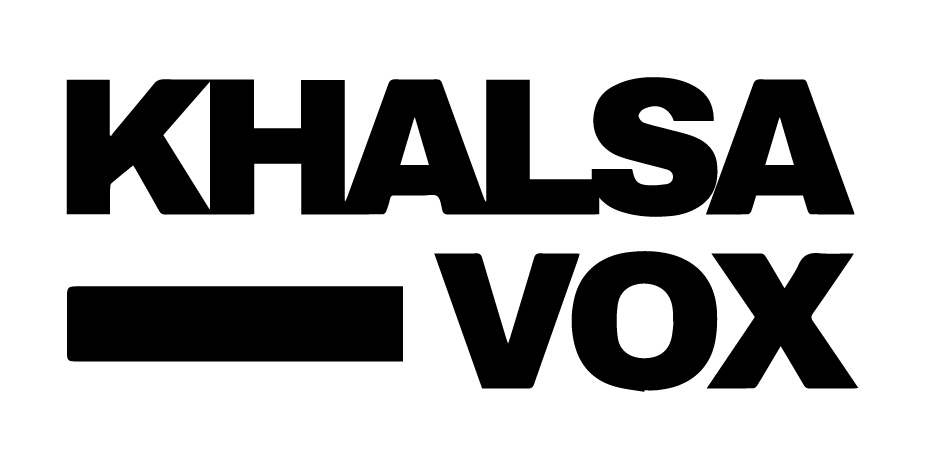AI Generated Summary
- While Punjab continues to maintain stronger-than-average teacher availability, the ongoing decline in government school enrolment raises concerns about the public education system’s ability to retain students in the face of growing private school preference.
- Punjab has recorded a pupil-teacher ratio of 22, placing it ahead of the national average of 24, according to the Union Education Ministry’s newly released UDISE+ 2024-25 report.
- The report notes progress in reducing zero-enrolment schools—down to 13 this year—while the number of teachers assigned to such institutions has dropped to nine.
Punjab has recorded a pupil-teacher ratio of 22, placing it ahead of the national average of 24, according to the Union Education Ministry’s newly released UDISE+ 2024-25 report. The state’s schools have an average of 10 teachers each, reflecting a relatively favorable staffing situation. However, the data also points to a sustained migration of students from government-run to private institutions.
Declining Enrolments in Government Schools
The state’s total school enrolment now stands at 59.08 lakh, a drop of nearly 80,000 from last year’s 59.88 lakh. Government schools have seen the steepest fall, with enrolments declining from 28.23 lakh to 26.69 lakh in just a year. Private school enrolment, on the other hand, has grown from 29.81 lakh to 30.63 lakh, marking the second consecutive year in which private institutions have outnumbered their government counterparts in student numbers. Government-aided schools also registered a fall in enrolments, slipping from 1.82 lakh to 1.74 lakh, while a small segment of 1,179 students attends schools in the “other” category.
School Network and Staffing
Punjab’s education system encompasses 27,281 schools, including 19,243 government institutions, 437 government-aided schools, 7,589 private-unaided schools, and 12 others. The number of teachers has seen a marginal increase from 2,73,092 to 2,73,130. The report notes progress in reducing zero-enrolment schools—down to 13 this year—while the number of teachers assigned to such institutions has dropped to nine. There remain 2,431 single-teacher schools, together educating nearly 77,000 students.
Infrastructure Snapshot
The UDISE+ findings highlight significant infrastructure coverage. Out of the total schools, 26,890 have libraries or reading corners, 26,438 offer playgrounds, and 1,453 have digital libraries. Kitchen gardens are present in 20,462 schools, and nearly all (27,273) have functional drinking water facilities. For sanitation, 26,727 schools have operational toilets for girls and 26,260 for boys. Electricity access is nearly universal, with 27,261 schools connected, and 5,772 schools are equipped with solar panels.
While Punjab continues to maintain stronger-than-average teacher availability, the ongoing decline in government school enrolment raises concerns about the public education system’s ability to retain students in the face of growing private school preference. Educationists suggest that the next challenge will be not just maintaining infrastructure and staffing levels, but also ensuring quality and trust in government institutions.




